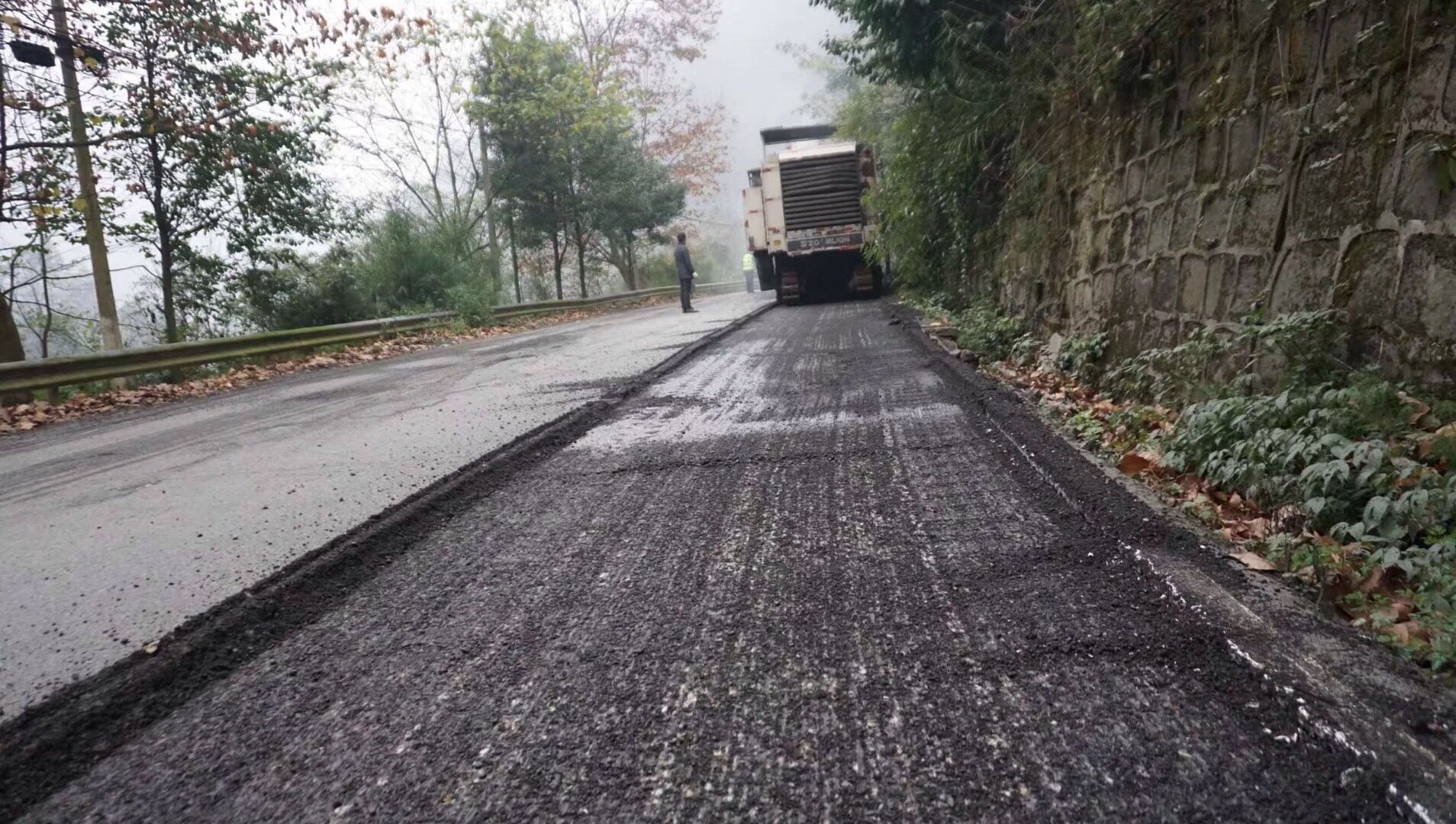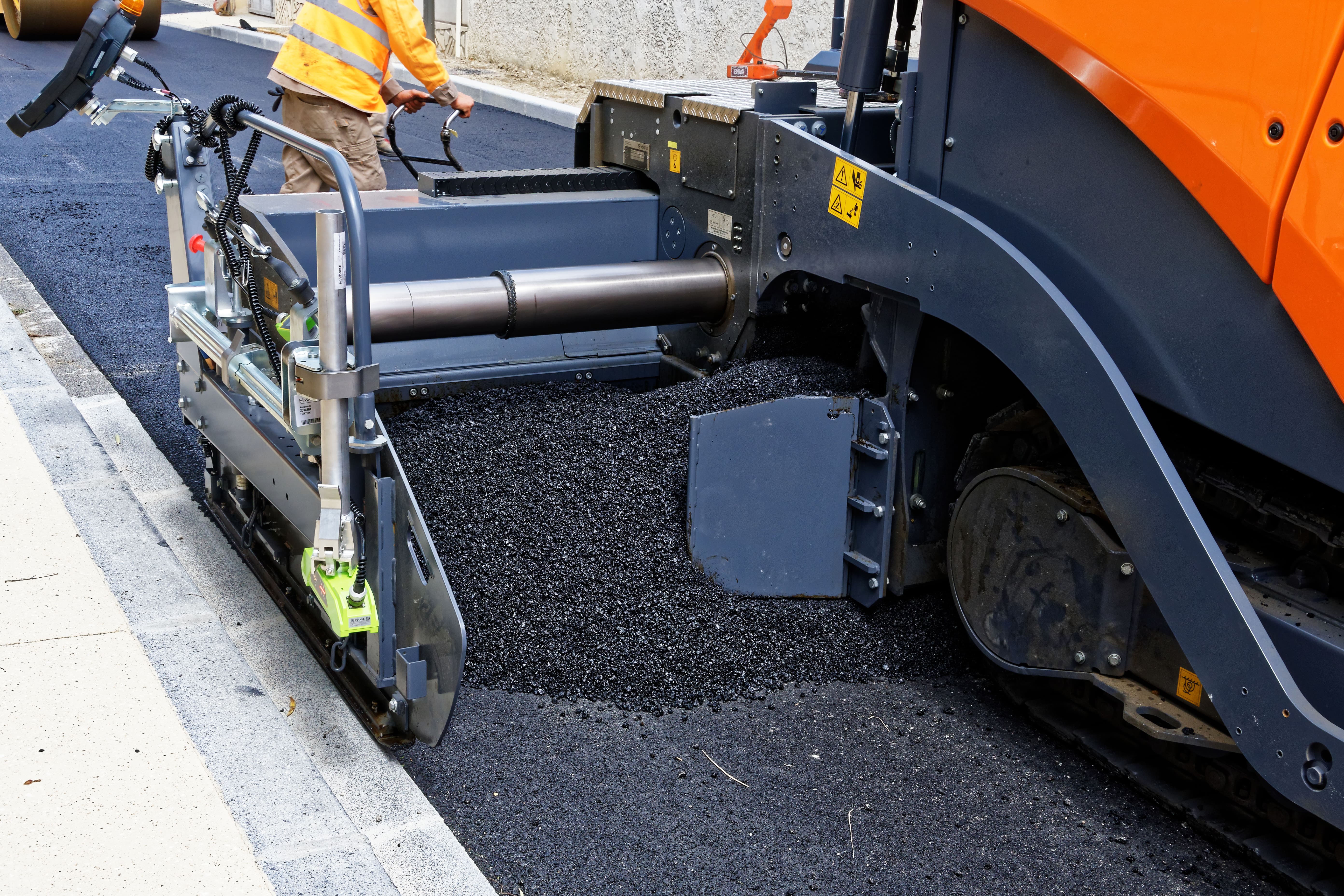Little Known Facts About A1 Professional Asphalt & Sealing Llc.
Little Known Facts About A1 Professional Asphalt & Sealing Llc.
Blog Article
The smart Trick of A1 Professional Asphalt & Sealing Llc That Nobody is Discussing
Table of ContentsThings about A1 Professional Asphalt & Sealing LlcUnknown Facts About A1 Professional Asphalt & Sealing LlcThe Definitive Guide to A1 Professional Asphalt & Sealing LlcLittle Known Facts About A1 Professional Asphalt & Sealing Llc.The Greatest Guide To A1 Professional Asphalt & Sealing Llc

The oil in a cars and truck engine is not simply oil. The REOB has all the ingredients that were in the waste oil as well as the wear steels from the engine (mostly iron and copper).
By making lots of blends using different REOB examples and different asphalt binders, the variants greatly can be averaged out. A number of States supplied samples of known REOB make-up to TFHRC scientists, who examined the samples to contrast the percent of added (understood) REOB to the found (checked) amount. The evaluations showed a similar percentage of included and located REOB.
All about A1 Professional Asphalt & Sealing Llc
They obtained an overwhelming reaction. The TFHRC scientists examined 1,532 samples from 40 States, one Canadian province, and two Government Lands Freeway divisions. They assessed each sample twiceamounting to greater than 3,000 analyses. None of those States realized that the asphalt they were acquiring consisted of REOB. One State insisted its samples had no REOB.
Of the 1,532 examples examined, 12 percent consisted of REOB, and some had significantly high degrees of it at 1020 percent. The highest degree was 34 percent in an example from Texas, which TxDOT had actually used in a patching compound. This screening also revealed the existence of phosphoric acid in 11 percent of the examples, and 2 percent contained ground tire rubber.
2 years ago at TRB's yearly meeting, the Federal scientists held an REOB workshop and offered the searchings for of their lab evaluations to a standing room-only crowd. Although some companies do not especially outlaw REOB, they do impose physical tests that prevent its useeffectively a ban. diagonal parking vs straight parking. Others do not outlaw it by specification, but have agreements with asphalt vendors to stay clear of the usage of REOB
Some Ideas on A1 Professional Asphalt & Sealing Llc You Need To Know
A handful do permit REOB, some within certain limits. Ohio and Texas restriction levels to much less than 5 percent of the asphalt. To create a reputable test approach that all States can make use of, the TFHRC researchers set up a round-robin examination plan. The individuals i loved this are 11 State highway companies (Illinois, Massachusetts, Minnesota, Mississippi, Montana, North Carolina, Oklahoma, South Carolina, Texas, Vermont, and Wyoming), 2 independent screening labs, the Ministry of Transport in Ontario, Queen's University in Ontario, and an Ontario paving professional.
In overall, the scientists prepared and delivered 720 blends. The participants are checking the examples separately using the guidelines supplied by the TFHRC researchers. The round-robin testing is virtually completed, and TFHRC remains in the process of accumulating the outcomes. The result will be a recommended AASHTO examination approach that any kind of State can embrace and utilize (asphalt paving repairs).
The pavement with REOB, which lies 0.6 mile (1 kilometer) from the sidewalk without REOB, has the same subgrade, web traffic density, and environment. The segment of Highway655 with 5 to 10 percent REOB revealed substantial splitting. In this example, the existence of REOB was the recognized root cause of breaking at a low temperatures.
A section of examination pavement in Minnesota (MN1-4) discovered to consist of REOB likewise broke prematurely. The pavement performed well for the first 3 to 4 years, yet after that started to fracture.
5 Easy Facts About A1 Professional Asphalt & Sealing Llc Explained
The examinations were not extensive, yet they showed that at degrees of 6 percent or even more, the tensile strength of the asphalt dropped significantly. At a level of 3.5 percent REOB, the variation in the physical examination techniques was better than the result of REOB. In reality, it was challenging for researchers to assess whether REOB existed.

One binder parameter considered is the distinction in between the reduced temperature crucial specification temperature for rigidity (S) in the flexing beam of light rheometer and the flexing beam of light rheometer creep slope (m-value) noted as Tcritical. Two independent research teams, one from AASHTO and the other from the Asphalt Institute, concluded that even more research study is needed on the use of REOB in asphalt.
Previously, all asphalt testing measured engineering residential properties such as tightness. These tests do disappoint what materials had actually been contributed to the asphalt. One sample gotten throughout the TFHRC research had an extremely strange evaluation. The sample had the following test outcomes: Superpave PG 64-28 with a high temperature level quality of 67.3 Tcritical on the bending light beam rheometer was 6.7 degrees Celsius.

Some Ideas on A1 Professional Asphalt & Sealing Llc You Need To Know
These outcomes demonstrate there are weak points in the standardized design testing protocols that might be exploited. The manufacturer may have a financial advantage and the product passes all the standardized examinations, yet the item might not be beneficial to making sure lasting efficiency. To resolve this issue and the development of new asphalt ingredients and extenders, TFHRC is beginning a research study program to make use of portable spectroscopic tools, x-ray fluorescence spectroscopy, and Fourier transform infrared spectroscopy to allow evaluations to be carried out in the area as opposed to having to take examples back to the lab.
Report this page